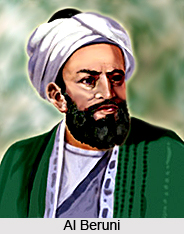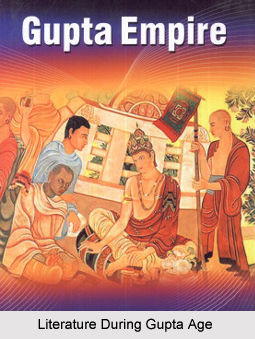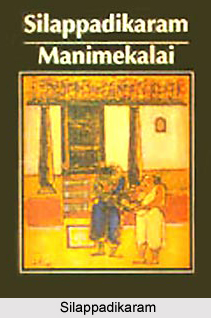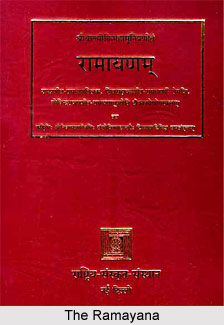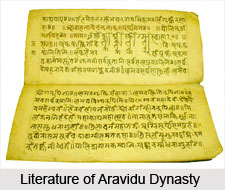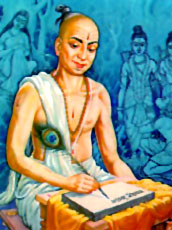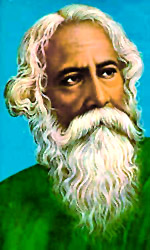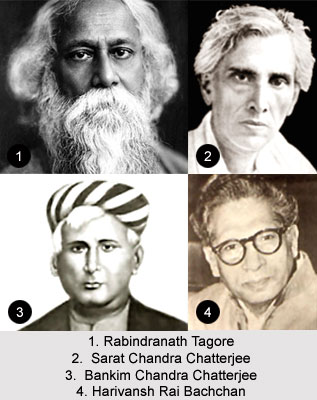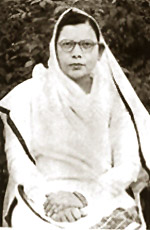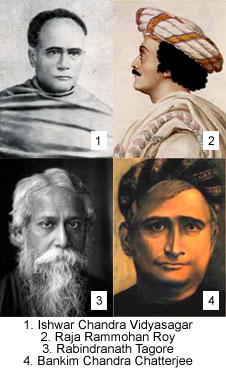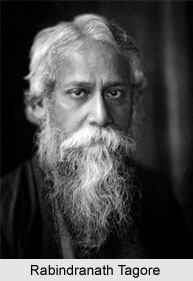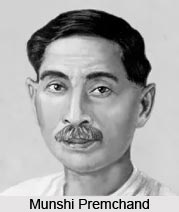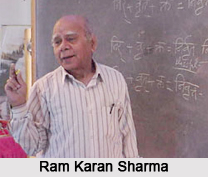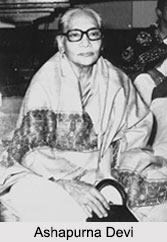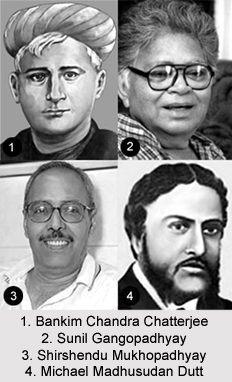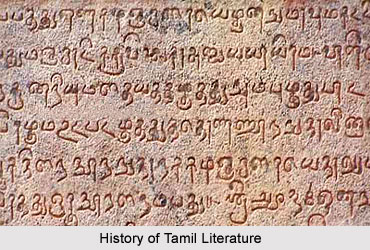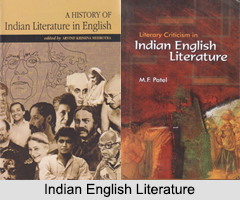 Laldasi Sampradaya was founded by Laldas. Laldas was born at Dholidup near Alwarin Rajasthan in 1540, in a poor family of a Mev Musalman. Laldas soon became famous due to his benevolent deeds and sadhana and people used to flock to him. He started preaching, und among his disciples were Haridas, Pungarsi Sadh, PranI Sadh, and Bhikhan Sadh, poets of high merit. Although a Musalman by birth, Laldas practically adopted Vaisnav Hindu way of life and so did his disciples who were Mev Musalmans and Hindus of all castes. According to him, even a sadhu or ascetic should earn his living by honest work.
Laldasi Sampradaya was founded by Laldas. Laldas was born at Dholidup near Alwarin Rajasthan in 1540, in a poor family of a Mev Musalman. Laldas soon became famous due to his benevolent deeds and sadhana and people used to flock to him. He started preaching, und among his disciples were Haridas, Pungarsi Sadh, PranI Sadh, and Bhikhan Sadh, poets of high merit. Although a Musalman by birth, Laldas practically adopted Vaisnav Hindu way of life and so did his disciples who were Mev Musalmans and Hindus of all castes. According to him, even a sadhu or ascetic should earn his living by honest work.
After the death of Laldas, the Sampradaya was named after him. Laladas, a Mali by caste, succeeded Laldas, on his Gaddi. The Mahant tradition still continues. Ram smaran and kirtan are the main ways of sadhana in this Sampradaya. Laldasis are mostly found in Alwar and its neighbouring regions.
The bases of the compilation of Laldasi poems which have been discovered have an oral tradition and with time the style and language of these poems have undergone a change. In the original form the language which was used was Rajasthani with a mixture of Khadi-Boli.
The main note of Laldas`s poetry is Ram smaran, kirtan and bhakti. His Ram is Nirgun and Nirakar. Glimpses of Nirgun type of Kanta bhakti is also noticed in his padas. To control the mind and senses, to earn the livelihood by working, to be kind to others, and similar preaching are the themes of his poems Far from saying anything about yog, he has discarded yog in favour of Bhakti and gyan. Both the sakhis and the padas are classified under various musical modes. Lucidity and naturalness are the characteristics of his poems.
 Haridas was a great saint poet of Laldasi Sampradaya and was known for his, quality and quantity, scholarship and sadhana. Most of his poems are in the form of dialogue between Laldas and Haridas. The poems discusses about the origin, creation, expansion, extent and elimination of the universe, five elements, organs of senses, jiv, its condition in the womb, attitude after birth, dhyan, ajpa jap, hatha yoga, five mudras, six cakras, serpent power, pranayam, its sadhana, jog-dhyan, five tattwas, prakrti, organs of senses, four avasthas, ten vayus, direction about self realization and description of the universe. His poems also dealt with object of worship, Lord Rama and Lord Krishna, their Incarnations, Sagun-Nirgun, realization of Brahma by Prema-bhakti, form of universe, mind, yog, nadis and ways of self-realization. His poems also depict his mystic experiences and sadhana.
Haridas was a great saint poet of Laldasi Sampradaya and was known for his, quality and quantity, scholarship and sadhana. Most of his poems are in the form of dialogue between Laldas and Haridas. The poems discusses about the origin, creation, expansion, extent and elimination of the universe, five elements, organs of senses, jiv, its condition in the womb, attitude after birth, dhyan, ajpa jap, hatha yoga, five mudras, six cakras, serpent power, pranayam, its sadhana, jog-dhyan, five tattwas, prakrti, organs of senses, four avasthas, ten vayus, direction about self realization and description of the universe. His poems also dealt with object of worship, Lord Rama and Lord Krishna, their Incarnations, Sagun-Nirgun, realization of Brahma by Prema-bhakti, form of universe, mind, yog, nadis and ways of self-realization. His poems also depict his mystic experiences and sadhana.
The Bhajans of Haridas are spontaneous and simple expressions of the heart and are about Nam smaran, Hari bhakti, self-communication, self realization and sarnagati. Though he has given importance to the three traditional ways of upasana (of gyan, bhakti and yog), his inclination is more towards the Nirgun bhakti. He has also described the ten Incarnations and various lilas of Rama and Krishna. In fact, he does not differentiate between Nirgun and Sagun. Haridas had mentioned various ways of upasana for persons of different likings and abilities in his Bhajans.
The language of the bhajans is Rajasthani mixed with Braj, sometimes leaning more towards Braj. Due to their continuance in oral tradition for about two centuries, the changes in language and form are not unexpected. The language of dialogues is mostly Rajasthani and can, therefore, be called his genuine language.
Thakurdas, Prabhu Sadh, Mahanand, Nathu Sadh, Jan Kaunra, Baksa, Cand Sadh, Mangali Sadh, Baju are some other notable poets of this tradition. They are known for their bhajans which sing of faith in God, guru, Nam smaran and simplicity of life.

